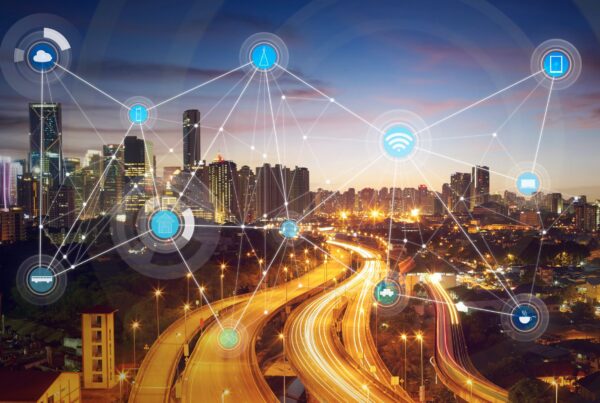As you’re probably well aware, the consumer landscape evolves at lightning speed as we move through the 2020s. With 86% of consumers willing to pay more for high-quality experiences, companies in all sectors are working hard to improve their customer services offerings via everything from personalisation to e-commerce chatbots.
We can’t believe it’s 2022 already (where did the time go?!), but a new year means it’s time to evaluate your customer engagement strategies and stay on top of the latest trends. If you’re wondering where to start, this year is all about enhancing the customer experience through cutting-edge technologies such as virtual reality (VR) and augmented reality (AR).
What are consumer-focused experience-based technologies?
Experience-based technologies represent a broad category designed to enhance purchasing experiences through immersive tools. VR technology, for example, can create simulations of 3D environments much like the real world. In a consumer context, VR can transport customers to virtual stores from the comfort of their own homes. Once ‘in-store’, customers can enjoy virtual personalised assistance and even try out products.
AR technology is a little different from VR, as it allows users to interact with computer-simulated objects layered on top of their real-world environment. Consumers could use this technology to see what an item would like in their home, for example, or try out a new shade of lipstick. The possibilities are endless!
How are these technologies changing the ways consumers make decisions?
The e-commerce space has flourished since the start of the COVID-19 pandemic, with 75% of consumers having increased their online spending last year. With VR and AR technologies, shoppers can make purchasing decisions more confidently by trying before buying. These consumer-focused technologies eliminate many of the logistical issues associated with brick-and-mortar stores. Other benefits include:
- Immersive experiences: Beyond offering consumers practical help in making purchasing decisions, AR and VR technologies are lots of fun! Although both tools have been around for a while, they’re still relatively novel for the average consumer. Delivering memorable experiences in this way is a great way to build audience loyalty and secure repeat purchases.
- Attract new customers you otherwise wouldn’t have: If your experience-based technologies are dynamic enough, web users may head to your site simply out of curiosity. Once immersed in the experience, they could be tempted to make a purchase (or two!)
- Better customer services: VR customer service assistants offer a personalised experience designed to build trust among consumer bases. Remote troubleshooting is tricky, but VR technologies mean both shoppers and assistants can see what the other is viewing and experiencing, therefore streamlining the process.
So, what’s in store for 2022?
Immersive technologies are becoming increasingly affordable, meaning more businesses will adopt them in the coming months and years. As such, companies will need to start implementing AR and VR options to stay competitive in an increasingly crowded e-commerce landscape. Companies in the arts and hospitality sectors may also begin to see increased competition from businesses delivering immersive virtual experiences, so they may wish to consider following suit.


